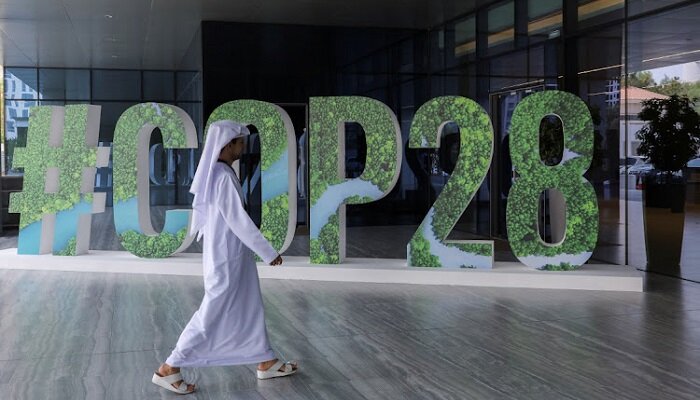IEA has gone on to achieve 50% growth in 2023.
It is well to be noted that global renewable energy capacity surged at the fastest pace in the past 20 years in 2023, which can very well put the world within reach of meeting a major climate target by 2030, as per the International Energy Agency- IEA.
The Paris-based agency has gone on to say that the rapid growth of solar in places like China happened to be the main driver, as the world had another almost 510 gigawatts – enough to power around 51 million homes for a year – with Europe, the United States, as well as Brazil also witnessing record growth.
The Director of IEA Executive, Fatih Birol, opined that renewable energy happens to be on course to rise by two-and-a-half times by the end of this decade. That would, however, still fall short of the tripling nations zeroed upon at the December 2023 yearly United Nations climate discussions that took place in Dubai, but Birol remarked that the objective is indeed reachable. Growing the funds when it comes to clean energy in developing countries happens to be the biggest challenge so as to get to 11,000 gigawatts from almost 3,400 gigawatts in 2022, Birol added.
It is well to be noted that countries set an objective of limiting global warming to 1.5 degrees Celsius at the 2015 Paris climate talks so as to avert the worst-ever consequences when it comes to climate change. Earth happens to be just below that limit, with scientists going on to report that 2023 happened to be the hottest year on record and forecasting that January is expected to be so warm that a 12-month period is going to overtake the 1.5-degree threshold for the very first time.
Notably, for the first time in almost three decades of such talks, the final agreement in Dubai has mentioned fossil fuels—coal, oil, as well as natural gas—as the prime cause of climate change and has also said that the world requires a transition away from them. However, it is worth mentioning that it did not set any concrete needs in order to do so.
The report goes on to highlight that solar power as well as onshore wind energy rollout all through 2028 is anticipated to more than double in the US, the European Union, India, as well as Brazil, vis-à-vis the last five years. The IEA anticipates 3,700 gigawatts of clean energy capabilities to be added by 2028 throughout 130 countries, with solar as well as wind energy comprising almost all of it.
China, which already happens to be the global leader when it comes to renewable energy, will most likely account for 60% of the fresh, clean energy capacity that will become functional by 2028.
IEA researchers went on to find that prices for solar components in 2023 dipped by around 50% year-on-year. The researchers go on to anticipate that the cost reductions as well as fast deployment will keep taking place in 2024 as manufacturing overtakes demand.
However, the IEA found that wind energy is going through more challenges, specifically outside of China, which happens to have the world’s largest wind energy capability. The agency cited drawbacks and challenges, including disruptions in the supply chain, higher costs, as well as red tape that’s preventing quick installations.
The report goes on to find that the major challenges to clean energy progress when it comes to the developed countries happen to be policy uncertainties, economic environments that are fragile and investment in electricity transmission grids that are not sufficient enough so as to accommodate greater shares in terms of renewables.
The major challenges, apparently, in developing countries are getting access to finance so as to install renewable energy and the dearth of robust governance and regulatory frameworks that can go on to lessen the risks and also attract investments in clean energy.
The policy advisor at climate think tank E3G, which has long tracked developments in clean energy, Sean Rai-Roche, said that tripling by 2030 will go on to depend on countries speeding up the permitting process and building out transmission as well as storage infrastructure.
He further said that governments and businesses require to act now in order to protect the planet for generations to come, and that one cannot afford to wait since the action later is going to be too late.







































